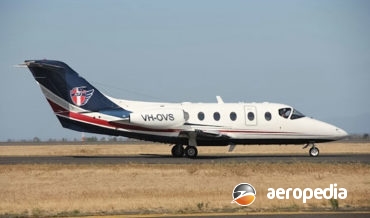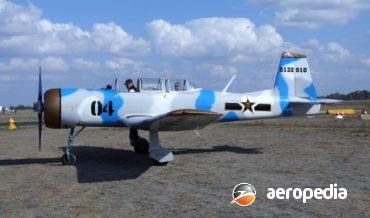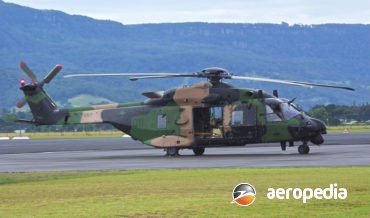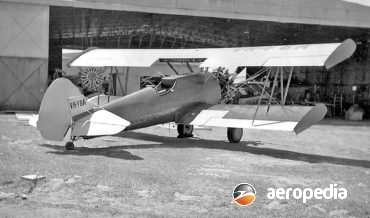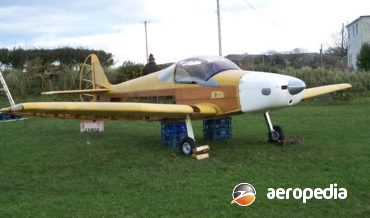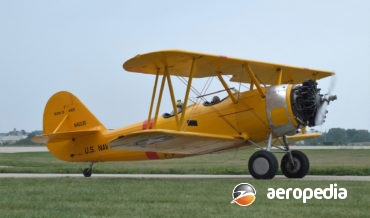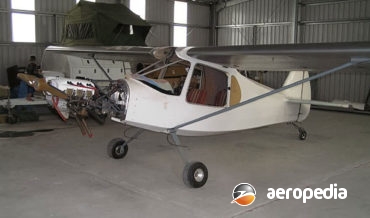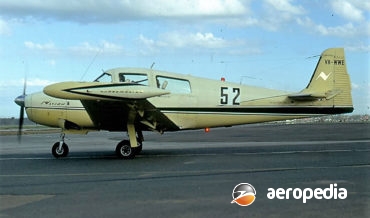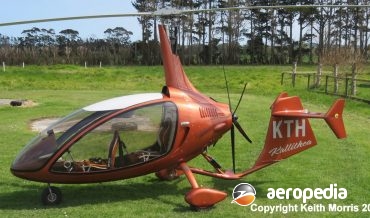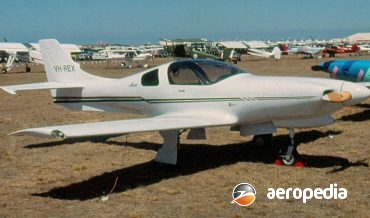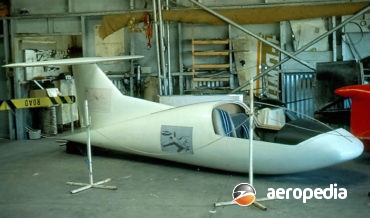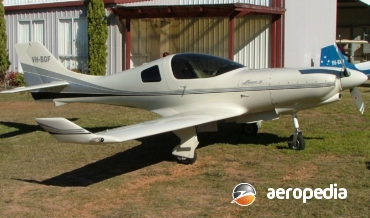All Contents
Contents
In recent years Nextant Aerospace of Cleveland, Ohio, has been re-manufacturing Beech 400 business jets. The company was founded in 2007 and was the first company to introduce the concept of re-manufacturing business jets.
David C. Eyre
- May 8, 2019
The Nexus Mustang was designed by Richard Eaves of London, Ontario, Canada, who commenced building homebuilt aircraft in 1962. After building a Corben Baby Ace and a Bushby Mustang, and visiting an EAA event at Oshkosh, he decided to build an aircraft of his own design which suited his requirements.
David C. Eyre
- May 8, 2019
The prototype of the Soviet designed Yakovlev 18 series was flown for the first time in 1945 and, after entering production in 1947, saw extensive service with the Soviet Airforce, and the airforces of Austria, China, Czechoslovakia, North Korea, Poland, East Germany, Egypt and Hungary.
David C. Eyre
- May 8, 2019
The NH-90 has been developed by NH Industries, a consortium set up by France, Germany, Italy and The Netherlands, comprising Eurocopter, Agusta Westland and Stork Fokker Aerospace, to produce a medium sized utility helicopter for the armies and navies of those countries. The design was initiated by Britain, France, Italy
David C. Eyre
- May 8, 2019
The National NA-75 was a conversion of the Boeing PT-17 Stearman two-seat training biplane, of which many became available after World War II from the US services, and a number of schemes were put in place to convert them for agricultural use.
David C. Eyre
- May 8, 2019
The Menestrel family of light sporting aircraft was designed by Henry Nicollier in France as a low-wing, single-engine, light aircraft for amateur construction. This family of aircraft included both single-seat and two-seat variants.
David C. Eyre
- May 8, 2019
The N3N series of biplane trainers was designed and produced by the US Navy’s Bureau of Aeronautics.
David C. Eyre
- May 8, 2019
The Pilatus is a high-wing two-seat in tandem light sporting aircraft with a tailwheel undercarriage designed and partially built by David Nightingale in Sydney, work commencing in about 2009 but was not finished.
David C. Eyre
- May 8, 2019
When first seen in Australia, the Navion Rangemaster was publicised as having the longest range of any single-engine light aircraft then available.
David C. Eyre
- May 8, 2019
The Kallithea is a high-performance sporting gyrocopter produced by Niki Rotor Aviation at Pravets in Bulgaria, the company specialising in the design, development and manufacture of autogyros and makes them available to interested parties in kit form for construction by amateur builders. It has developed and marketed a number of
David C. Eyre
- May 8, 2019
The Lancair 200 is a two-seat sport and touring monoplane designed by Lance Neibauer for the homebuilt market.
David C. Eyre
- May 8, 2019
The Opal was a light sporting aircraft designed by Ross Nolan, an aircraft engineer and designer and was described by him to the Press by means of the Melbourne Age in 1982 as ‘the plane of the future”.
David C. Eyre
- May 8, 2019
Following the success of the Lancair 235 series, the manufacturer introduced a larger fuselage, increased flap effectiveness and a lengthened undercarriage with an oleo-pneumatic nose strut.
David C. Eyre
- May 8, 2019
Recent Comments
Archives
Categories
- No categories
Categories
- No categories
Latest Posts
Newsletter

